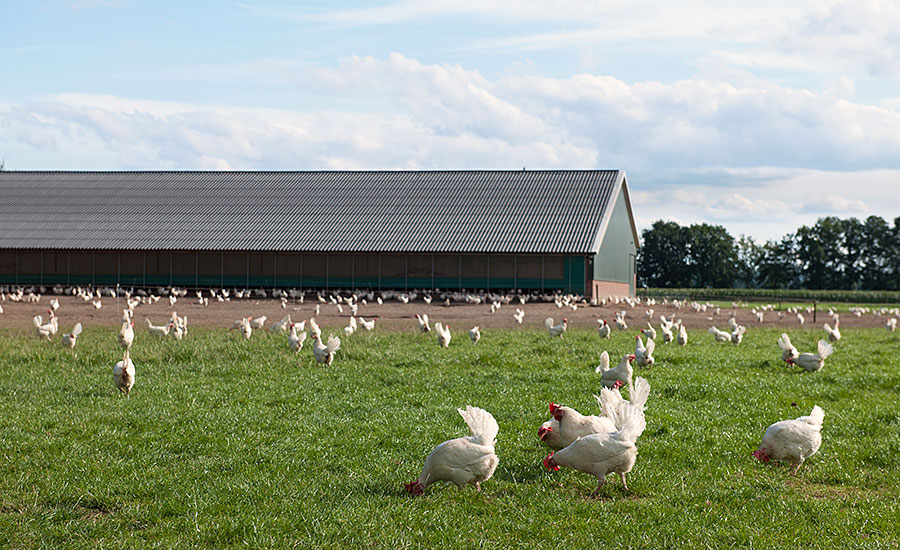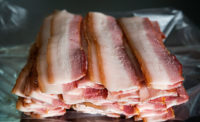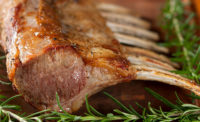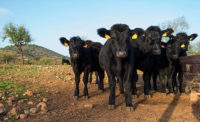The U.S. chicken industry is poised to set production records by the end of 2017, and based on the upward momentum in egg sets and chick placements, it’s hard to envision 2018 not exhibiting further production gains. The tailwinds within the industry are quite remarkable at the moment. The seasonal, late-summer declines in breast meat prices are occurring as expected, but dark meat prices remain strong, and feed costs continue to hover at 10-year lows. Processing margins have been particularly healthy this year, which understandably justifies further production expansion that will be accomplished with a combination of higher head counts and heavier bird weights in the months ahead. By most any measure, significant production losses have not occurred in nearly five years, which is severely testing the historical durations of a traditional chicken cycle. Are we experiencing a new normal, or is an end to this profitability run in sight?
The most obvious threat to producers over the near-term is entirely political in nature. The mounting tensions associated with North Korea make daily headlines with the most recent threat being major trade restrictions that could curtail dark meat pricing that is traditionally supported by export markets. But the potential for export bans to erase current profitability levels is very low, and the more understated threat to the industry relates to the significant expansion of antibiotic-free (ABF) production that has occurred over the last few years.
ABF chicken was categorized as a specialty protein not long ago, and the demand was largely driven by retailers with a focus on natural and organic products, such as Whole Foods. Over the last 18 months, as several fast-food chains announced their intent to favor ABF meat, a significant shift in the category has occurred. ABF birds include those for which any form of traditional-use antibiotics — those intended for human use — are being withheld. While a small subset of the market is raising birds without antibiotics of any kind, this does not represent the larger segment of the ABF market. Under this broader definition, the size of the ABF market has grown to more than 50 percent of the U.S. bird populations by most estimates. It appears that further growth of this category is inevitable.
A small, select group of consumers caused the birth of the specialty chicken category because they cared about the conditions in which chickens were being raised and were willing to pay the necessary premium for a differentiated product. The foundation of the “new and improved” ABF movement, however, is a meaningful departure from its beginnings. Marketers are using the hypothetical and potentially negative interactions between antibiotics to create an emotional reaction and spur a decision among consumers to move to ABF product. For now, it’s working.
This evolution in the chicken industry will raise the cost of production for U.S. processors through increased mortality and a likely decline in weight gain efficiencies. This is an important side effect that will impact consumers in a way that is conveniently being overlooked in current marketing campaigns. These added costs will eventually be passed along to consumers because all levels of the supply chain will seek to protect or enhance margins. At that point, consumer desire for a potentially safer alternative may be at least partly offset by the impact on their wallets.
Other unintended consequences also relate to export markets, which are highly unlikely to bear the incremental costs associated with ABF chicken production. These markets are very meaningful to the industry, typically accounting for about 20 percent of annual production, but they are developing economies that won’t bear these cost premiums. Rather, the added costs will have to be absorbed by processors, thus negatively affecting margins, or be passed along to U.S. consumers in the form of even higher prices.
All processors may not have a firm handle on what the cost impact of these ABF conversions will ultimately be. The observation period has not been long enough to determine how changes in medicinal routines will interact with feed conversions among different breeds, nor have condemnation patterns and mortality rates been adequately determined. But whether this bubble bursts will ultimately be decided by consumers, who will undoubtedly face price increases when these questions have been answered. Will the perception of a healthier bird be more valuable than the cost of an extra value meal? I think not, but time will be the judge and jury. NP




Report Abusive Comment